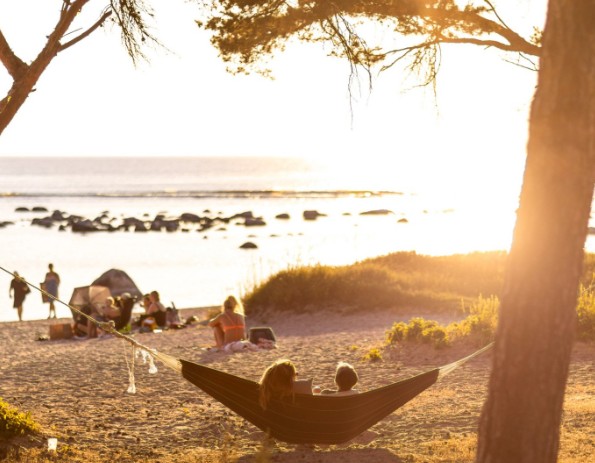The Swedish summer house
The Swedish cottage is a summer’s dream. It remains loved, generation after generation.
Some say the switch to the summer house is a ritual deeply engrained in the Swedish psyche.
Before there was cheap and accessible international travel, many Swedes took advantage of something else cheap (at the time) and plentiful: land. All across this spacious country, people built simple dwellings, often by the water, to retire to in the warm summer months.
Today, there are more than 600,000 privately owned holiday homes in Sweden, according to Statistics Sweden (link in Swedish).
What is it about the Swedish summer house that attracts generation after generation?
Popular areas
Among the most popular areas in Sweden for summer houses are the Stockholm archipelago, Skåne, islands Öland and Gotland, the west coast and Småland.
The simple life at the summer house
Some people in Sweden are fortunate to have access to a summer house that has been in their family for generations. Others are able to afford to buy their own place in the country, offering the perfect escape from urban life.
Most Swedish summer houses were originally built to a basic standard, without hot water (or any water at all), drainage, insulation or electricity – this sparseness being an important part of their attraction. Back to basics, basically.
But times are changing.
Turning the summer house into a year-round retreat
Of course, a ‘summer house’ doesn’t have to be just for summer holidays. Depending on how winterised the house is, people may go there all year round.
Now, expanding urban populations and increasing property prices mean that what was once a rural summer retreat is now also a desirable property within commuting distance. This means more and more people choose to invest in their summer house to make it liveable all year round.
Some also choose to work remotely from their summer house every now and then – provided that the type of work and the employer make this possible, of course.
Sorry, out of office – in the summer house
But back to summer holidays. Summer is kind of sacred in Sweden, with children having more than two months off school and many adults having between four and six weeks off work. The bright summer days and nights is when we refuel for the dark winter period.
From Midsummer to mid-August summer houses all over Sweden fill with holiday makers. Many families share a house with relatives – a perk dealt with in different ways. Some choose to co-habit with their relatives for a couple of weeks. Others choose to split the holiday weeks between them.
Today, there’s also a vital rental market for holiday homes, so more people get to enjoy the benefits of a rural retreat. And the summer house is not just a Swedish thing. Around 6 per cent of holiday homes in Sweden have non-Swedish owners.
Summer house – the allotment version
Some urban dwellers have itchy green fingers but look for a more affordable solution than a summer house. They still want a garden to tend to – a place to grow their own vegetables, or just relax surrounded by greenery. Enter allotment gardens!
There are allotment garden associations all over Sweden, and the queues to join them are often long. Some allotments are simply small plots of land; others come with a tiny house. An allotment house cannot be used as a permanent dwelling, but it can be used as a mini summer house during the summer months.
A great thing about allotment gardens is that they are not only good for do-it-yourself gardeners. Having green spaces in urban areas also boosts biodiversity, with many different species thriving on the variety of plants found in urban agriculture.

